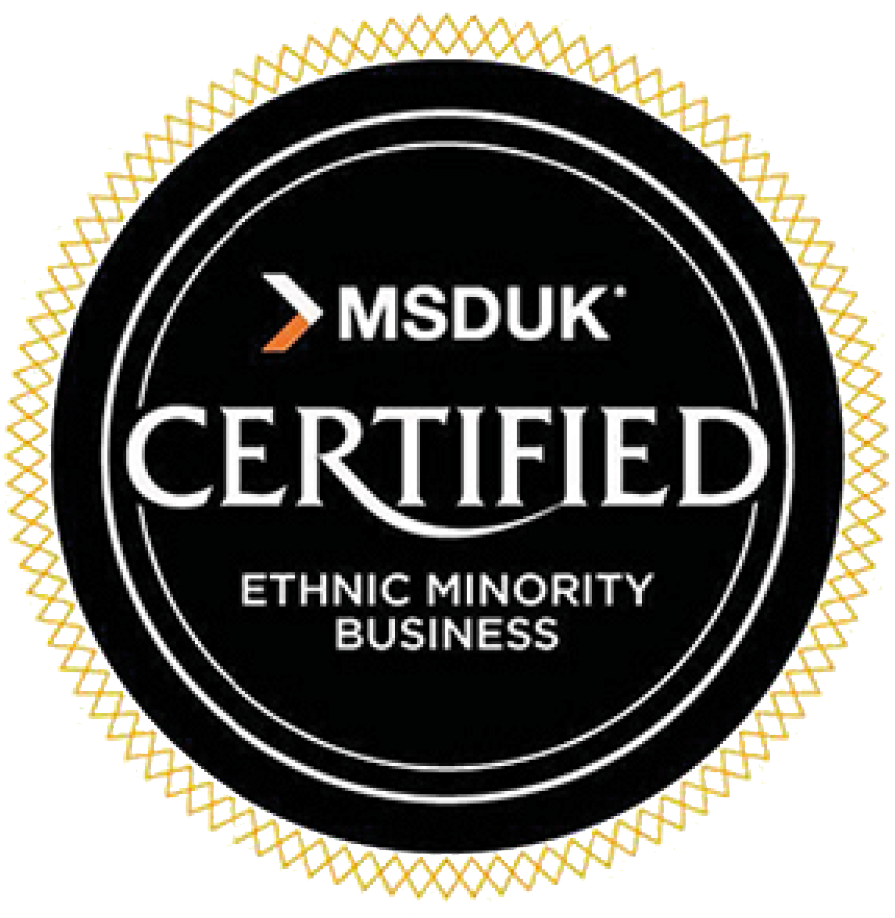The amount of misunderstanding and misinformation about transgender people can make it challenging for many organisations to confidently speak and take a lead on trans related issues. At INvolve, we brought together senior leaders from across our network to explore what practical steps businesses can take to support trans employees and become workplaces which champion and advance trans inclusion. Much of what we discovered and discussed can be translated across industries and organisations.
Much of the current conversation around trans inclusion at work focuses on the support that organisations can offer to employees during their transition. While this is undeniably important, this narrow focus doesn’t acknowledge that transitioning is not part of all trans employees’ personal journeys. This narrow focus also doesn’t recognise the wider benefits which can be gained from a more holistic approach to trans inclusion. Being a workplace which is openly and proactively supportive of trans employees and advocates on trans issues can empower employees outside of the community as well, including those who have transgender friends or family members and those who identify as gender non-conforming. Having a robust trans inclusion strategy, proactively raising awareness and developing comprehensive benefits is essential regardless of whether or not an organisation knows it has trans employees.
Workplaces which are leading the way have a broad approach which intersects with many different areas of the business, from formal policy considerations such as trans healthcare to wider workplace culture.
Advocacy from senior leadership
If trans employees feel a culture is not welcoming, they are unlikely to be open, which discourages active role-modelling within the business. Advocacy at senior levels ensures that trans inclusive behaviours cascade from the top. Business leaders need to do more than simply sign-off policy changes, they need to put trans inclusion on the agenda and provide active sponsorship to ensure it stays there. This includes distilling a message of trans inclusion and taking accountability for ensuring the workplace is safe and supportive of trans employees. Mandatory diversity training for employees sends a clear signal that the business takes inclusion of all employees seriously while ensuring discriminatory behaviour and language within the business is quickly and effectively called out reinforces company-wide inclusive behaviours.
Public advocacy
Some organisations have taken a step further by taking a public stand against transphobia. The passage of a trans discriminatory bathroom bill in North Carolina for example prompted action from several prominent firms in the state. PayPal pulled out of a $3.6bn investment in the state, Deutsche Bank scrapped plans to hire 250 new personnel in their North Carolina office and nearly 70 other corporates signed an amicus brief expressing opposition to the bill.
Awareness and education
It needs to be understood that conscious and unconscious discrimination often comes from a lack of personal understanding. Currently, trans individuals form a very small percentage of the population, so many employees and managers may never have met or engaged with someone who identifies as transgender. Ensuring authentic trans voices are heard within the business is crucial to making trans inclusion real for everyone. This can take many forms – from encouraging trans colleagues to become role models, to inviting in external speakers. Personal experiences and storytelling build awareness, educate the wider workforce and drives empathy. They can be shared more widely through your internal newsletters, on your social channels and on your intranet. It can also be valuable to ask vocal trans allies to share their personal motivations for supporting trans inclusion, helping to engage new allies.
External communications
There are also some communication basics which are easy to miss but can create clear barriers to trans employees, allies and customers feeling welcome within the business. Examine your application and recruitment processes; what honourifics are available on applications? How are job descriptions written? In your employee surveys, is there a free text option to allow people to self-identify?
It’s also essential to be aware of the messaging not just in your internal communications but in your wider brand marketing and communication as well; is it open and accessible? Are diverse voices represented?
Another important question to ask is how are you engaging with clients and customers? Can they self-identify? What honourifics are in place when they sign up to services or use your products?
It is difficult to be perfect – especially when complex internal systems don’t easily support changes – but by asking these questions, the business’ focus stays solidly on ensuring improvements are made and everyone becomes accountable for and cognisant of inclusion.
According to recent Stonewall research, half of trans and non-binary people (51 per cent and 50 per cent respectively) have hidden or disguised the fact that they are LGBT at work because they were afraid of discrimination. Furthermore one in eight trans employees (12 per cent) have been physically attacked by colleagues or customers in the last year. Such statistics demonstrate why it is so important for businesses to become informed, take action and be vocal about trans inclusion at work.




